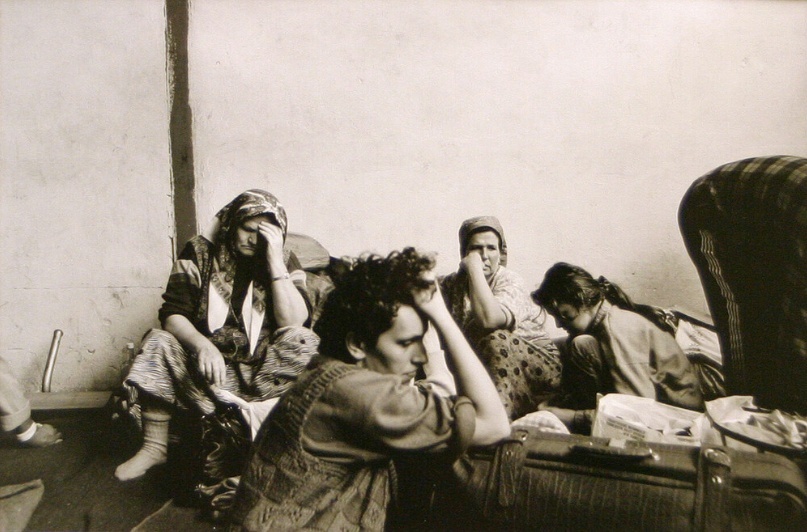This exhibition explores the puzzle of why we seek out and enjoy negative emotions caused by our engagement with art, such as the sadness we feel when we read a sad story or the fear we feel when we watch a scary movie. These are emotional experiences that characteristically feel bad, yet we often pursue them and sometimes even enjoy them. In the 4th century BCE, Aristotle set the agenda for subsequent work on this “paradox of tragedy,” arguing that tragic drama effects a “catharsis” (or release) of pity and fear.
By shifting the spotlight away from Aristotle’s focus on narrative fiction and onto the visual arts, new questions emerge. Photographs—such as Gilles Peress’s images of Bosnian refugees (1993) and a massacre site in Rwanda (1994)—present us with perceptual access to real subjects who become not only catalysts for our empathetic emotional reactions but also, inadvertently, the objects of our aesthetic enjoyment. In addition to evoking sadness and fear, figural representation also seems uniquely suited to provoke disgust and revulsion, as in the case of Nicole Eisenman’s Untitled (2012). By contrast, Alexander Calder’s Bayonets Menacing a Flower (1945) presents us with an ominous abstraction that gestures at the nature of fear while challenging the limits of emotive figuration. Through an array of representational strategies, these artists compel viewers to witness scenes of war, injustice, and violence—not in spite of but because of the negative emotions that might result.
Tragic Depictions is organized by Allan Hazlett, associate professor in the Department of Philosophy in Arts & Sciences, in conjunction with a special section of his course “Philosophy of the Arts” devoted to art and negative emotions, offered in spring 2024.
